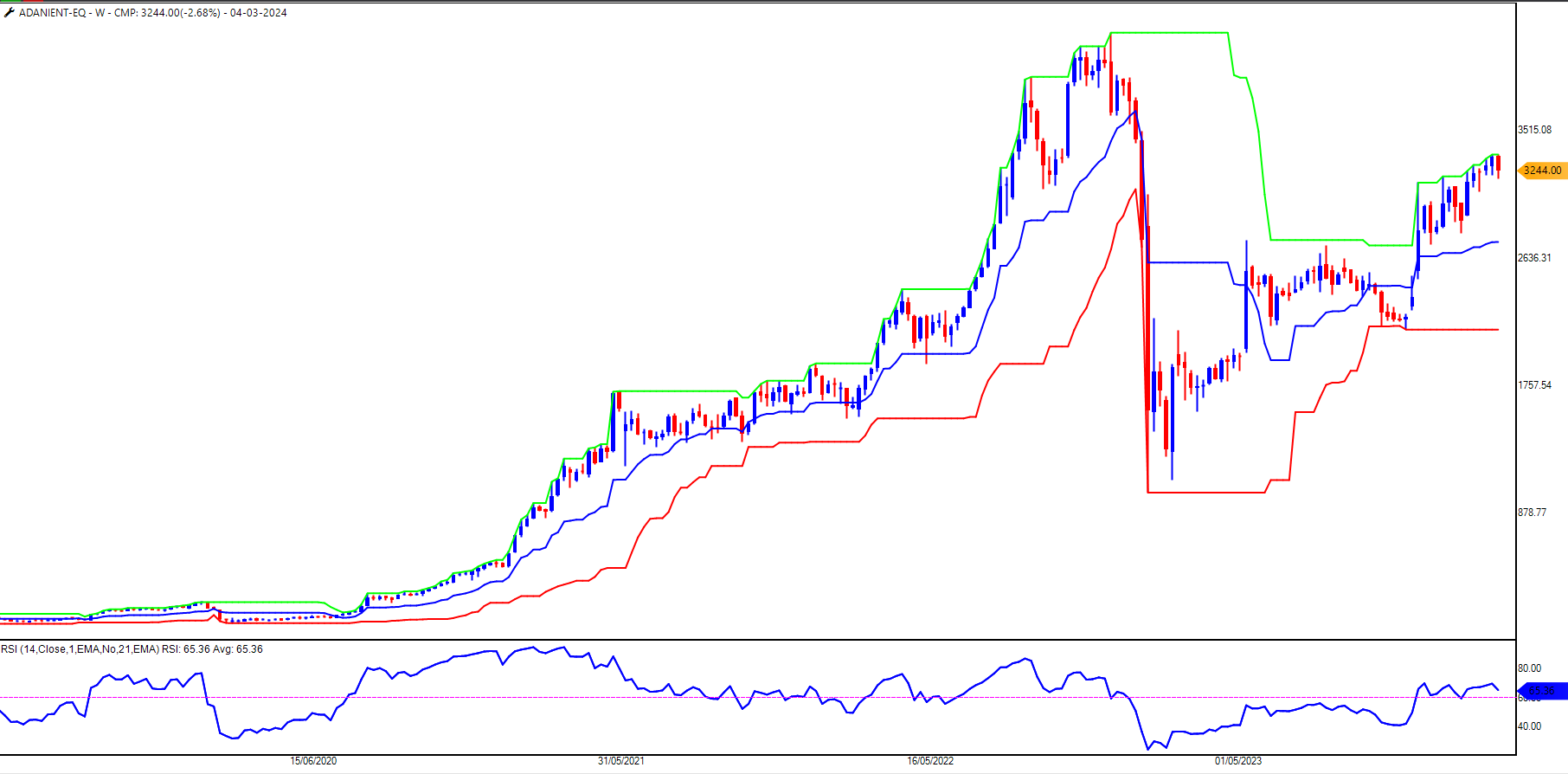DONSHI - An Investment Strategy
-
The market is at an all-time high, and investors are understandably confused about where to put their money.
If you've been following the "Laidback" strategy, congratulations! This is the market phase exactly when it shines.For the past few months, I have been exploring the DONSHI strategy, which shares similarities with Laidback but utilizes a combination of two indicators to define the entries.
Let's understand how DONSHI can help you trade and invest in these high markets.
DONSHI: A Blend of Donchian Channels and RSI
DONSHI combines two popular technical indicators: the Donchian Channel and the Relative Strength Index (RSI).
Donchian Channel (DC): This indicator creates a dynamic upper, middle and lower band based on the recent highs and lows in price.
Relative Strength Index (RSI): The RSI measures the momentum of price movements, indicating potential buying and selling opportunities.
Entering and Exiting the Market with DONSHI
The DONSHI strategy employs these indicators to determine entry and exit points:
Entry: Buy when the price closes above the middle line of the DC (20), and the RSI (14) should be above 60. This confluence of signals suggests a potential uptrend with strong momentum.
Exit: Sell when the price hits the lower line of the DC (20).

Using DONSHI with RZONE
You have an advantage if you're a Definedge Securities client using RZONE! I've already published the DONSHI strategy in the Public System Builder, making it readily available for you to implement.I have recorded a video on this setup with back-testing results on various sectors and stocks. Click here to watch the video
-
For a positional trader is it advisable to see DONSHI on daily or weekly charts?
-
@PRANAV GULABANI Yes
